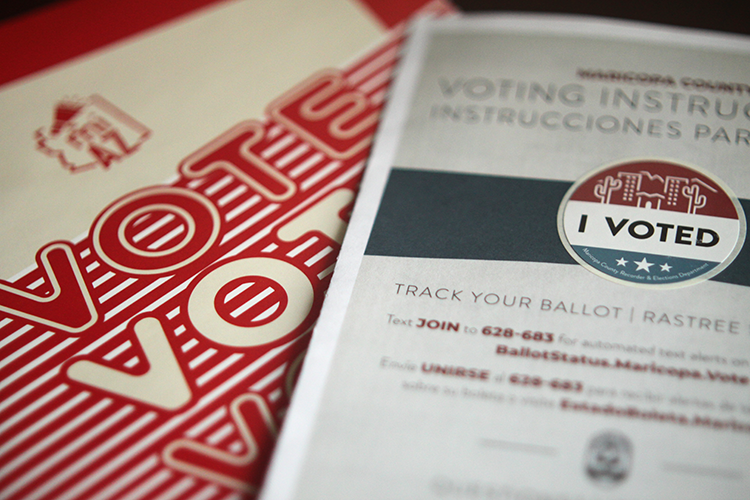McDermott Will & Emery
In addressing invalidity due to obvious double patenting (ODP), based on related patents filed later, the US Court of Appeals Federal Circuit reversed a District Court’s application of In re Cellect. Cir. Cir. Allergan USA, Inc., v. MSN Labs Private Ltd., case no. 24-1061 (Fed. Cir. Aug. 13, 2024) (Lourie, Dyk, Reyna JJ. In 2015, the US Food and Drug Administration granted approval to a new drug application by Allergan for a drug that treats the symptoms of irritable intestinal syndrome. Sun Pharma filed a new drug application (ANDA), seeking to market a version generic of the drug, in 2019. Allergan sued Sun Pharma and MSN Labs in relation to four patents relating to the drug. Two more patents were issued from continuation applications of the same patent family. One of the patents claimed a compound of a drug and had been granted ‘patent term adjustment’ (PTA) for almost three years. The other three patents were all for tablet forms of the same drug. The US District Court for the District of Delaware conducted a three-day bench trail and concluded that the asserted claims of the compound patent were invalid under the ODP theory and that the claims of the tablet patents are invalid for lack of written descriptions. The district court found that Allergan’s “first filed, first issued” distinction was “immaterial” on the ODP issue. It stated that “
When analyzing ODP a court compares expiration dates rather than filing or issuing dates.” Allergan appealed.
The Federal Circuit ruled in favor of Allergan on both issues. The Court held that claims of later-filed and earlier-expiring continuance patents could not be used as ODP references to the first patent, because the ODP doctrine was designed to prevent patentees obtaining a new patent to extend the life of their first patent. Federal Circuit explained that district court erred in interpreting Cellect to require it to only consider expiration dates when performing the ODP analysis. The Court explained that Cellect controls only to the extent it requires a judge to consider the later filed patent’s (i.e. the expiration after the addition PTA) expiration in its ODP analyses, and not the expiration that it would have shared in the absence of PTA award. The majority of the panel emphasized that it doesn’t follow that a later-filed claim must be invalidated simply because it expires earlier. The majority noted that “Cellect does not address, let alone resolve, any variation of the question presented here – namely, under what circumstances can a claim properly serve as an ODP reference – and therefore has little to say on the precise issue before us.”[w]The Federal Circuit also found written description support based on two embodiments where a glidant was not required and based on the original claim from the patent application, which did not recite a glidant.
Judge Dyk filed a separate opinion concurring with the double-patenting decision but dissenting as to written description. Judge Dyk filed a separate opinion concurring with the double-patenting decision but dissenting as to written description.






